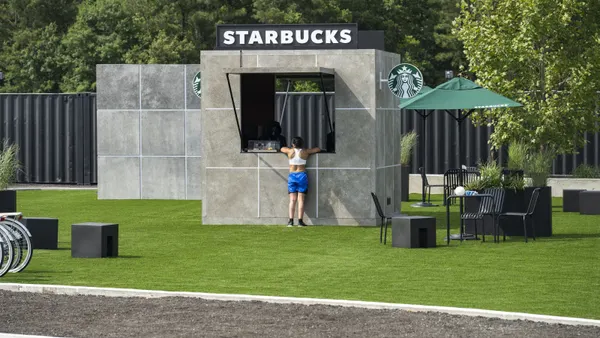Consumers have been increasingly turning to digital channels—and so too have marketers. But the COVID-19 pandemic has expedited this trend even more. According to a U.S. End-Of-Year Forecast report, digital advertising will account for 55% of all advertising tracked in the U.S. media. However, while digital advertising is surging, marketers shouldn't overlook print advertising.
In one recent survey on consumers' attitudes toward print advertising, 40% of consumers said they were more likely to shop at a retailer that sends them printed advertising than one that doesn't. Over half of consumers also said that given a choice to buy similar products from two different retailers, an advertising circular was very or somewhat important in influencing their decision.
While marketers need to show up in the channels their customers are using—such as digital channels—they also need to make sure they’re making the most impactful impression they can for their brand. Thus, the best advertising strategy is often one that combines both digital and print.
Drive greater engagement by combining print and digital
While it's true the more people are on digital channels than ever before, it's also true that with the amount of information coming at them—in their inbox and through online advertising—it can be exceptionally challenging to break through the noise and engage your audience.
Direct mail can be personalized like digital content. You can select specific demographics to better target and know your materials are going to the right customers. It can also be an effective way to engage your audience because there's a lot less mail in someone’s mailbox than in their inbox – which means you have a better chance of capturing their attention.
"Direct mail is very important and cost-effective," says Franco Alegria, National Account Manager at FedEx Office. "Direct mail has become much more sophisticated and can be used to specifically select the right people to get the right type of customer in your store. It can be incredibly successful."
It’s also more effective because it evokes a more tactile and emotional experience. According to 2015 and 2019 research by the United States Postal Service and Temple University, physical ads had a longer-lasting impact than digital on people. Not only did they have a more significant emotional response and concrete memory of physical ads a week after viewing them versus digital ads, but their brain activity indicated greater subconscious value and desire for products or services advertised in a physical format.
Amplify Your Calls to Action
All of your marketing materials should include a clear call to action—whether they're printed or digital. But, you can also use offline channels like printed marketing to drive action on your digital channels. For instance, a highly visible website address on your printed marketing materials and a URL that is simple enough for people to remember or a QR code which takes them directly to their destination without having to even type, can help increase website traffic. You can sweeten the call to action (CTA) even more by adding a discount code for their online purchase.
It's also critical to make sure that the experience between printed and digital provides a cohesive brand experience. Your brand colors, fonts, tone and visuals that you use on both mediums should match. When your customer moves from looking at a printed brochure to shopping on your website or vice versa, going from an email to shopping in-store, both experiences should feel seamless.
Finally, you want to measure the impact of your CTA. While digital CTAs are easy to track, you can also effectively track the impact of printed materials. Custom URLs, specific phone numbers, unique discount codes for online purchases and QR codes are all great ways to track how many people take action on your printed materials.
Stand out in a crowded advertising space
Using a mixture of print and digital helps your brand stand out and differentiate itself from the same-old marketing tactics customers are used to seeing.
One way to marry the print and digital experience to make a lasting impression on customers is to think about using printed materials in the delivery experience. One wine company, which offers a wine party service, worked with FedEx Office to ensure that their customers had a notable experience with their brand through the packaging they used to ship their products.
"Their brand is all about sustainability, so in addition to providing an exceptional branded experience, they wanted to make sure that customers knew their packaging was sustainable," says Algeria.
The company used branded boxes to ship their product that visually promoted their brand. Inside each box, they included not just the wine but messaging about each wine, how to get discounts off of future purchases, and encouraged customers to head back to their social media channels to tell them what their favorite wine was.
"They've gotten a lot of positive feedback and have been able to drive social media traffic and get more reviews by using printed materials as part of their advertising and communications with customers," says Alegria.
The most effective campaigns are blended campaigns
When you're developing your marketing strategy—whether you use print or digital doesn't have to be an either-or choice. By blending the two, you can create more memorable experiences for your customers while driving traffic to your brand both online and offline. This can not only amplify your marketing efforts further but can also ultimately lead to better marketing outcomes. Contact FedEx Office for your corporate printing needs and to see how they can help.










